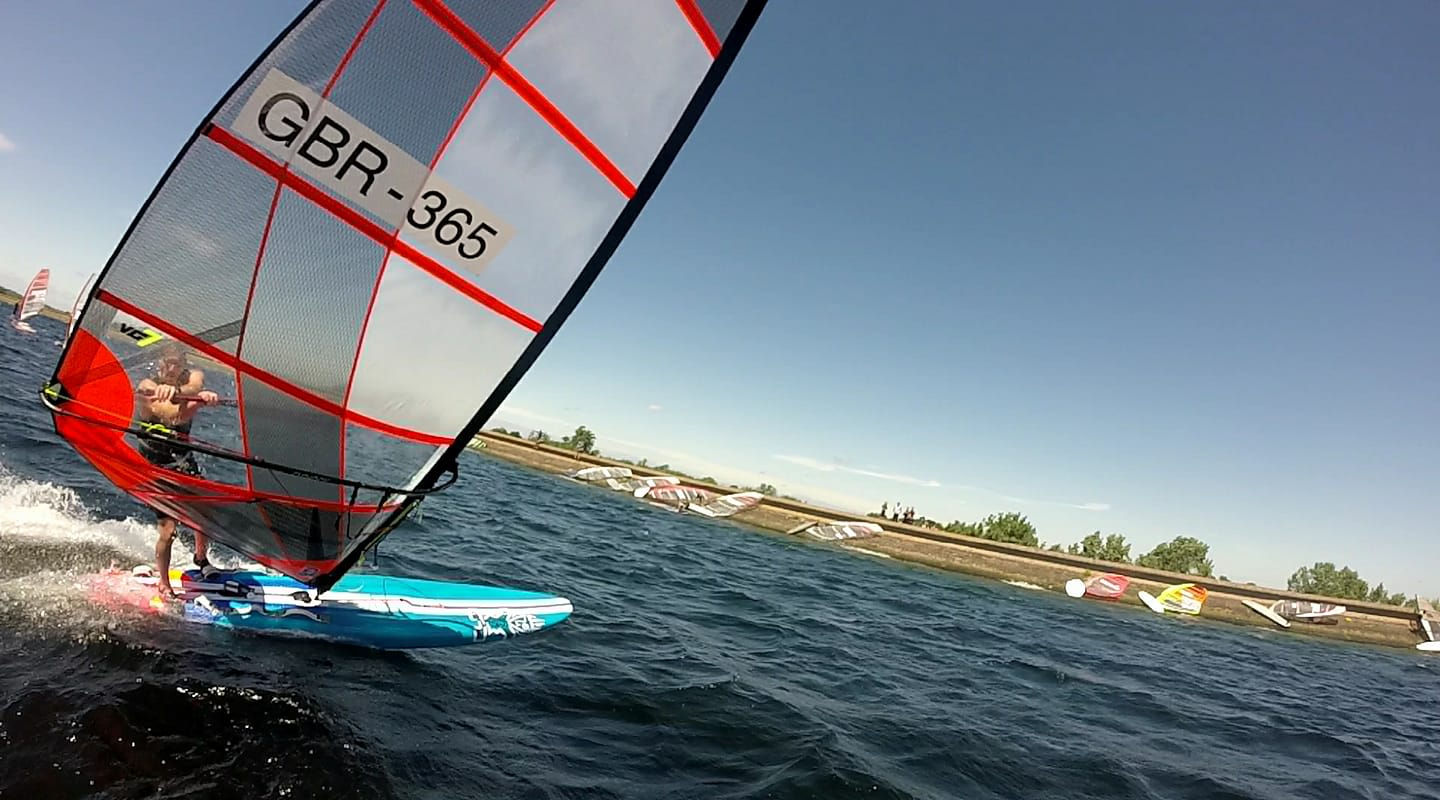Start better, end better.
- Jonathan Davis
- May 24, 2017
- 3 min read
Unless you get a lucky shift on a beat, most of us only manage to gain (or lose) a couple of places during a race. So how do you get to the top of a fleet and not the middle or end? Well the answer is in the title, get the start right and unless you make some spectacular tactical errors, you're going to get a good result.
So what tips have we got to get a good start? In no particular order, here are a few hints to help you on your way:
1. Get a digital watch, wear it on your right wrist (some attach them to the mast). Get the stopwatch running when the horn goes. When the next horn goes, see how many seconds late you were pressing the button and start that may seconds earlier.
2. Don't be a shrinking violet, make sure you are up on the line when the gun goes. Even if to begin with you are away from the throng, found generally by the boat, and in some clear air further down the line. You may even get a lucky shift that favours your end of the line. What's certain is that if you start behind the line, you are handing a head start to your competitors and will start the race in bad wind.
3. Sail up and down the line before the start. The tack on which you are closer hauled will send you towards the better end of the line. Sail to that end then start on the other tack. Most of the time you will be on starboard but occasionally you will identify that a port start is favourable. Some people will never consider going off on port - known as "Port Flyer", so you'll get an instant advantage over them.
4. Make sure you pump off the line, it might pull you ahead of your competitors and will dump bad wind on those behind you. If possible start pumping before the gun to get some momentum and hit the line moving when the gun goes.
5. On longer lines be aware of "line bow". Essentially near the ends of the line sailors will start on or near the start line but near the middle of the line, where there are fewer points of reference, people tend to start behind the actual line. This means you are behind by possibly tens of meters straight from the get go. Combat this by taking a transit. i.e. from the pin end of the line, line up the pin buoy and the start boat and look for a feature on the land e.g. a tall tree, a distinctive beach hut. Then if you start near the middle of the line - line up the boat and the feature and you know that you are on the line, not lagging behind.

6. Check that your sail is trimmed correctly - a bit more tension on you adjustable outhaul to make a more cutting angle for the sail to slice through the wind.
7. Keep an eye any currents pushing you over or behind the line.
So next time you race, maybe at Datchet on 10th June 2017, try and put some of these tips to use and tell us if they helped!





























Comments